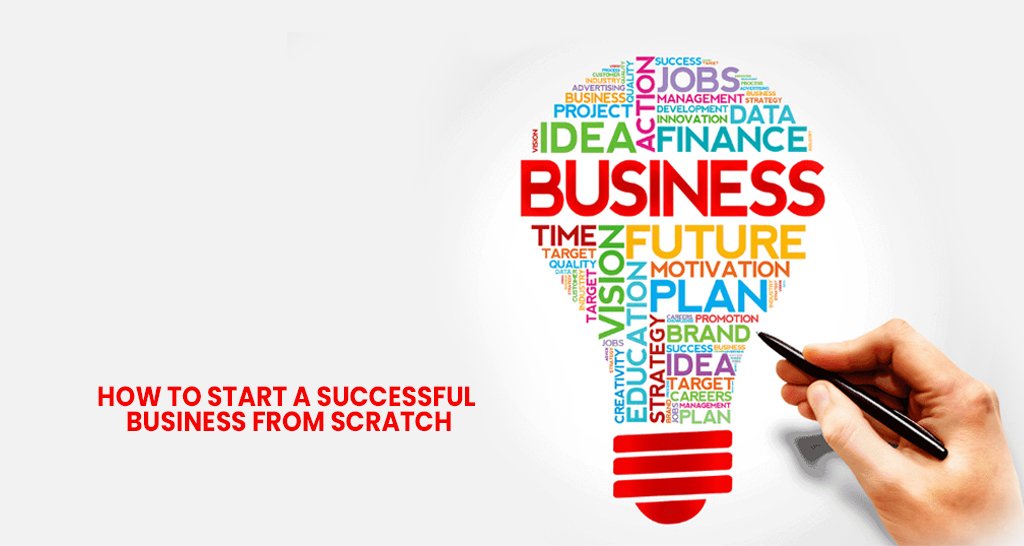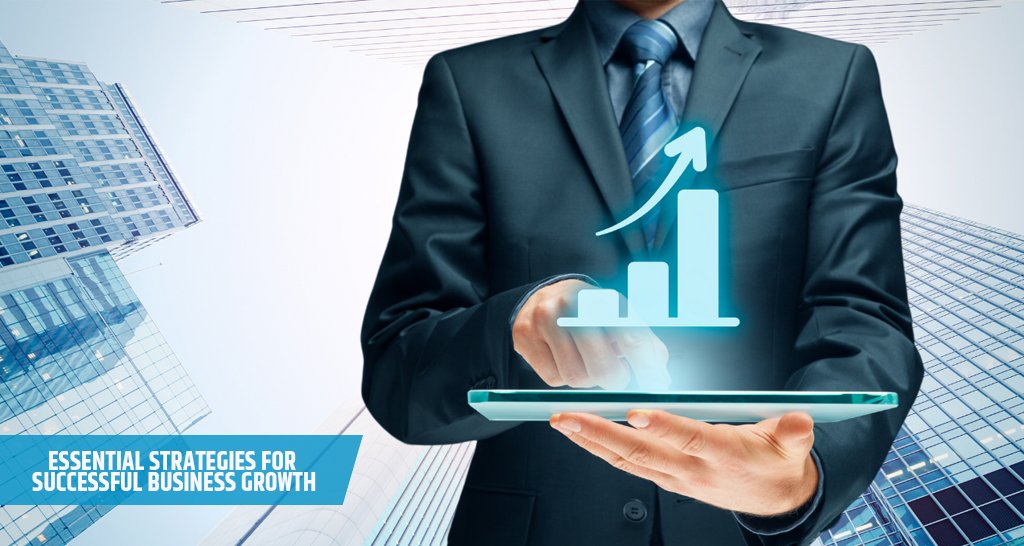Understanding Sustainable Real Estate
Sustainability in real estate refers to a holistic approach that incorporates environmental, economic, and social considerations into property development and management. This concept emphasizes the necessity for eco-friendly practices that diminish the negative impacts on the environment while promoting long-term viability for future generations. Sustainable real estate seeks to strike a balance between meeting the needs of the present and ensuring that natural resources remain available and healthy for the future.
In the context of construction, eco-friendly practices play a pivotal role in minimizing carbon footprints, conserving resources, and embracing innovative technologies. Sustainable building practices aim to reduce energy consumption through improved energy efficiency. This can entail the utilization of advanced insulation materials, energy-efficient appliances, and renewable energy sources such as solar panels. By adopting such measures, buildings can significantly decrease their dependence on fossil fuels, thereby mitigating greenhouse gas emissions and promoting a cleaner environment.
Resource conservation is another essential principle of sustainable real estate. This includes the responsible use of raw materials during construction and the emphasis on recycling and repurposing existing structures when feasible. Moreover, the integration of green infrastructure, such as rain gardens and green roofs, contributes to effective water management while enhancing biodiversity in urban environments.
The use of renewable materials, sourced sustainably, is also a crucial factor in eco-friendly construction. Materials such as bamboo, reclaimed wood, and recycled metal not only reduce the environmental impact but also contribute to healthier indoor air quality. By adopting these strategies, the real estate sector can play a transformative role in contributing to a sustainable future, subsequently benefiting society and the economy through reduced operating costs and enhanced property values.
Current Trends in Eco-Friendly Construction
As the demand for sustainability in real estate continues to escalate, several key trends in eco-friendly construction are gaining momentum. One of the most significant developments is the adoption of green building certifications, such as Leadership in Energy and Environmental Design (LEED). These certifications not only serve as benchmarks for sustainability standards but also encourage developers to adopt environmentally-friendly practices. By meeting rigorous criteria related to energy efficiency, water conservation, and sustainable materials, projects gain recognition while encouraging responsible building.
In addition to green certifications, the integration of smart technologies is playing a pivotal role in shaping eco-friendly construction. Smart building systems enhance energy management by optimizing resources. For instance, the incorporation of automated lighting and heating systems allows for better energy conservation, reducing overall consumption. Additionally, technologies such as IoT sensors can monitor and manage energy usage in real time, leading to more sustainable living spaces that adapt to users’ needs.
Another vital trend in sustainable construction is the utilization of renewable energy sources. Solar panels and wind turbines are becoming increasingly standard features in new developments, enabling buildings to generate their own energy. This shift not only reduces reliance on fossil fuels but also contributes to lower utility costs for occupants. Coupled with energy-efficient designs, these renewable sources significantly minimize the carbon footprint of residential and commercial properties.
Finally, the use of recycled materials is becoming a cornerstone of eco-friendly construction. Builders are increasingly sourcing reclaimed wood, recycled steel, and other repurposed materials to reduce waste and lower environmental impact. This not only conserves natural resources but also promotes a circular economy, wherein materials are kept in use for as long as possible. Collectively, these trends highlight the ongoing evolution in construction practices aimed at sustainability, showcasing a commitment to creating a healthier environment through innovative design and responsible resource management.
Case Studies of Successful Sustainable Projects
In recent years, the real estate industry has witnessed an increasing number of projects that successfully integrate sustainability into their construction and operational practices. One notable example is the Bosco Verticale (Vertical Forest) in Milan, Italy. This innovative residential project features two skyscrapers adorned with more than 9,000 trees and 20,000 plants, effectively creating a green oasis within the urban landscape. The design not only improves air quality but also promotes biodiversity, provides thermal insulation, and reduces energy consumption through natural temperature regulation.
Another prominent case is the Bullitt Center in Seattle, Washington, often referred to as the “greenest commercial building in the world.” This project exemplifies sustainability through its use of renewable energy sources, including a rooftop solar array and rainwater harvesting systems. The building has achieved Net Zero Energy status, meaning it generates as much energy as it consumes over a year. Furthermore, the Bullitt Center incorporates local and sustainable materials in its construction, emphasizing the importance of community engagement and resource conservation.
Across the Pacific, The Edge in Amsterdam stands out for its cutting-edge use of technology to enhance sustainability. This office building is designed with smart features that optimize energy use, such as intelligent lighting systems that adjust based on occupancy and daylight levels. The Edge has earned a BREEAM (Building Research Establishment Environmental Assessment Method) rating of Outstanding, reflecting its superior environmental performance. Additionally, it supports the well-being of its occupants through ample natural light, green spaces, and a focus on comfort, showcasing the vital intersection of human health and eco-friendly design.
These case studies represent only a fraction of the strides being made in sustainable real estate development globally. They illustrate the integration of innovative technologies and design principles that contribute to environmental stewardship while enhancing community livability. As awareness and demand for sustainable construction grow, such successful projects will serve as templates for future developments, inspiring a broader commitment to ecological responsibility within the industry.
Future Directions and Challenges in Sustainable Real Estate
The landscape of sustainable real estate is continuously evolving, driven by a combination of legislative trends, market demand, and advancements in technology. As governments worldwide enforce stricter environmental regulations and promote green building practices through incentives and mandates, the need for eco-friendly construction is becoming more vital. This regulatory framework not only encourages developers to adopt sustainable methods but also enhances consumer awareness regarding environmental impacts, resulting in increased public demand for greener properties.
As the demand for sustainable buildings rises, the market is witnessing a shift toward innovative construction methods and materials that minimize environmental footprints. Technological advancements play a crucial role in this transition. The integration of smart home technologies, energy-efficient systems, and sustainable materials have become cornerstones of modern green construction. For instance, the use of prefabricated modules significantly reduces waste during the construction phase while ensuring higher energy efficiency once the buildings are operational. Such technological advancements not only fulfill current market demands but also pave the way for future innovations aimed at sustainability.
However, the journey toward a more sustainable future in real estate is not without challenges. Upfront costs associated with sustainable projects can deter developers and investors, creating a perceived financial barrier. Additionally, public perception often undervalues the long-term benefits of eco-friendly properties, which may affect market viability. To address these challenges, industry stakeholders must foster greater awareness of the benefits of sustainability — both environmental and economic. By showcasing success stories, conducting feasibility studies, and offering financial incentives, the real estate sector can overcome these obstacles. Ultimately, aligning economic interests with environmental responsibility will be essential in realizing a sustainable future in the real estate industry.



